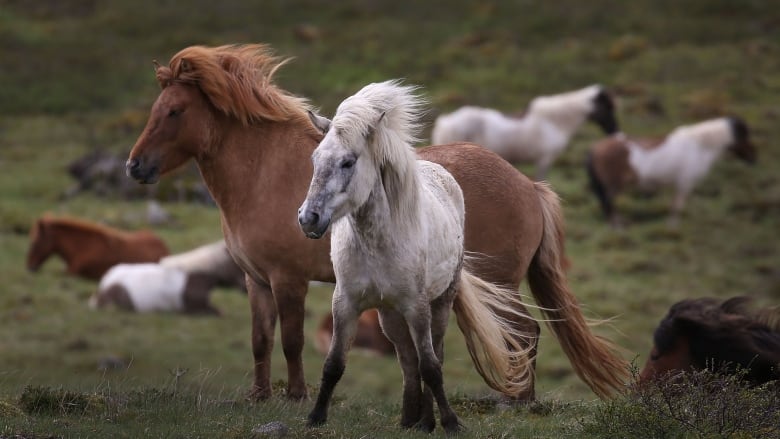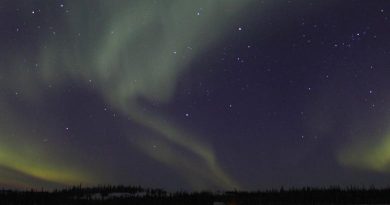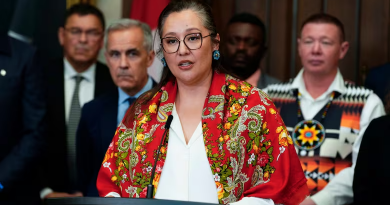Horses buried with Icelandic Viking nobles were male, ancient DNA shows

Archaeologists in Iceland say they have analyzed DNA evidence to show that male horses were killed and then buried alongside Viking settlers who were likely noblemen and their family.
The researchers conducted a genetic analysis of ancient DNA from teeth and bone fragments of 19 horses recovered from sites across Iceland and found that all of them, except one, were male.
“Horses are the most common grave goods found in Viking Age graves,” they said in a scientific paper published this week in the Journal of Archaelogical Sciences.
To date, all analyses of Viking Age horse burials in Scandinavia reflect a preferential sacrifice of male horses over females, the paper said.
It said that during an Icelandic Viking burial ceremony, healthy horses would be killed by cutting their throats. The animals were believed to be in their prime and not buried because of old age or illness.
The paper said the sex ratio of the horses suggests they were chosen as symbolic representatives of the interred Vikings.
Symbols of power
“It is reasonable to believe that a Viking who received a horse in the grave must have had a certain amount of power and influence,” said Albina Hulda Palsdottir, a PhD student at the University of Oslo and one of the authors.
Human male and female skeletons were equally likely to be buried with a horse. Most of the human skeletons that could be aged were between 35 and 45 years, but two skeletons came from younger individuals and one individual was older than 46.
In addition to the 19 buried horses, the researchers examined the remains of three horses that were found outside graves. All of these were female and were likely eaten, said researcher Sanne Boessenkool.
Horse burials common practice
These kinds of burial sites, which are known for their relatively high occurrence of horse remains, date to the late 9th century to early 11th century.
Author and archaeologist Runar Leifsson, who was one of the collaborators on the paper, weighed in on the reason for choosing male horses.
“It is natural to imagine that the slaughter of the virile and to some extent aggressive male animals must have been part of a burial ritual that was intended to convey status and power,” he said.
Vikings brought horses with them when they travelled from Norway to Iceland in the 9th and 10th centuries, when the island was still uninhabited after the rest of Western Europe had been settled.
Iceland’s horses have been purebred for more than 1,000 years because of laws against importing horses.
Related stories from around the North:
Canada: ‘Amazing’ archeological find in northwest Canada’s melting ice patches: an intact atlatl dart, CBC News
Finland: Archaeological sites targeted in Finland, Yle News
Norway: Roald Amundsen’s Maud back home 100 years after setting sail from Norway, CBC News




It is so interesting to study the rituals and customs of various peoples and tribes. They are all so different! Of course, I was very surprised by the fact that the stallions were buried with the Vikings.